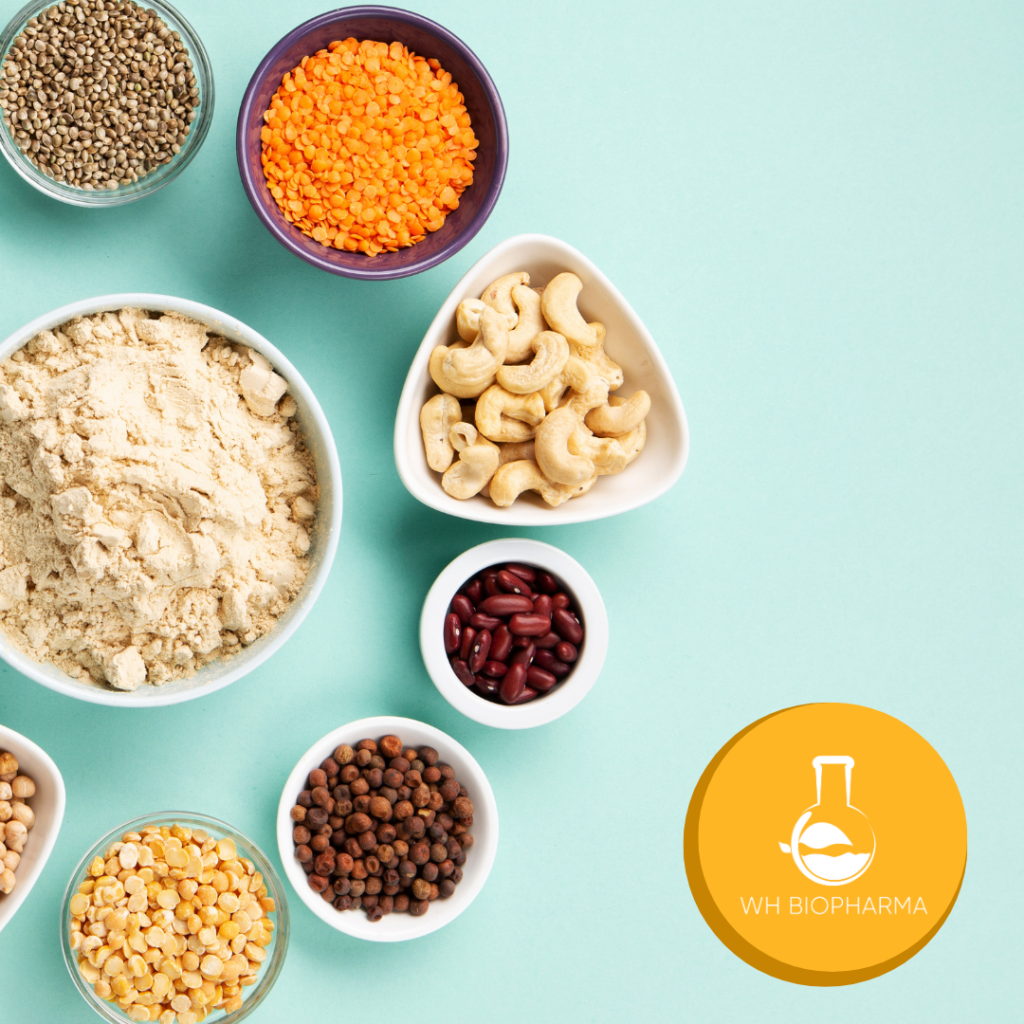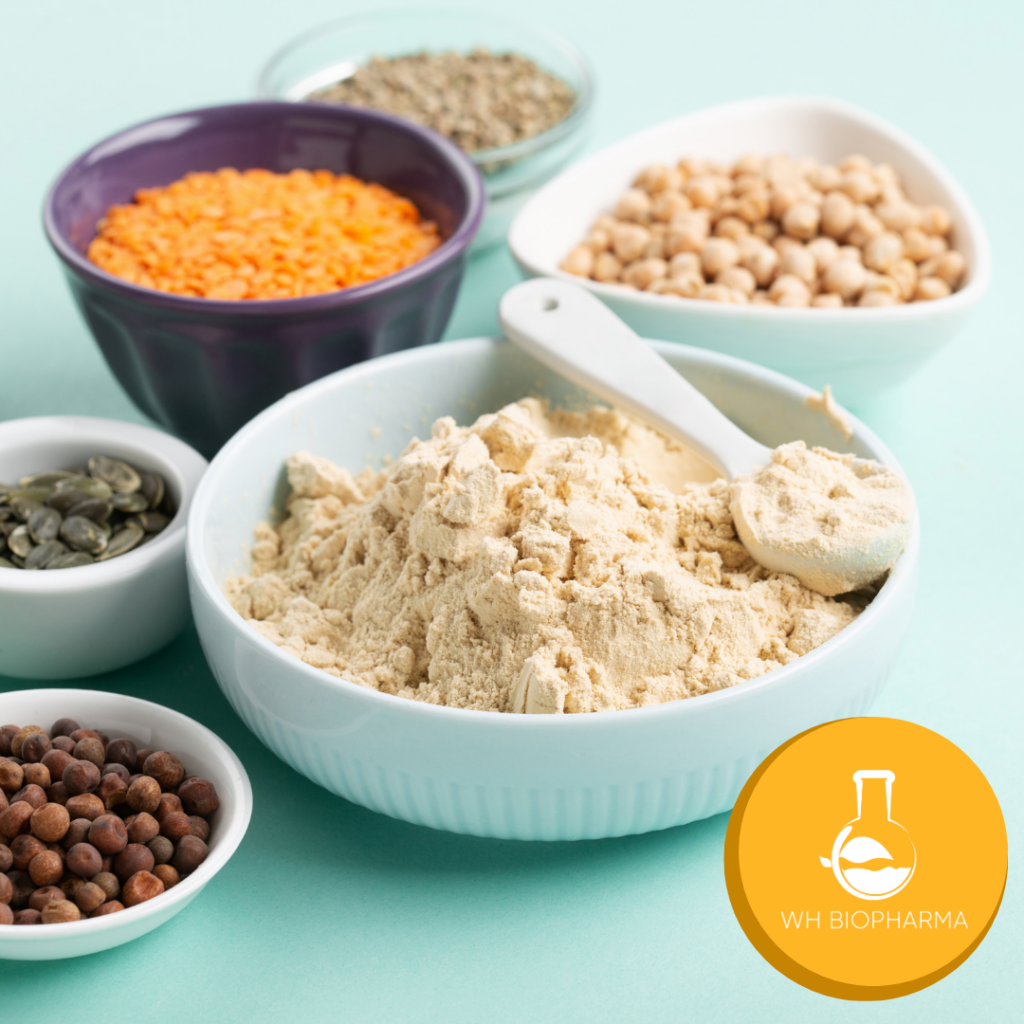Protein cookies have gained popularity as a tasty and nutritious treat, but what if you have dietary restrictions? Fear not! In this article, we’ll explore ingredient substitutions that cater to various dietary needs, ensuring everyone can enjoy the comfort and benefits of protein cookies.
Common Dietary Restrictions

Before we dive into the world of ingredient substitutions for protein cookies, it’s essential to understand the common dietary restrictions that many individuals face. These restrictions can vary from allergies and intolerances to dietary preferences and lifestyle choices. Let’s explore some of the most prevalent dietary restrictions:
- Gluten Intolerance or Celiac Disease:
Gluten intolerance is a condition where individuals experience digestive discomfort when consuming gluten, a protein found in wheat, barley, and rye.
Celiac disease is an autoimmune disorder triggered by the ingestion of gluten, leading to damage in the small intestine.
- Dairy Allergies or Lactose Intolerance:
Dairy allergies involve an adverse immune response to proteins found in milk, such as casein and whey.
Lactose intolerance occurs when individuals lack the enzyme lactase, which is needed to digest lactose, a sugar in milk.
- Veganism:
Vegans choose to abstain from all animal products, including meat, dairy, eggs, and even honey, for ethical, environmental, or health reasons.
- Low-Carb or Ketogenic Diets:
Low-carb diets focus on reducing carbohydrate intake, often for weight management or blood sugar control.
Ketogenic diets are extremely low in carbs and high in fats, aiming to induce a state of ketosis for various health benefits.
- Nut Allergies:
Nut allergies can range from mild to severe reactions when exposed to tree nuts or peanuts, making it crucial to avoid nuts and nut-based ingredients.
- Sugar-Free or Low-Sugar Diets:
Individuals following sugar-free or low-sugar diets seek to reduce their sugar intake for health reasons, including managing diabetes or reducing sugar-related cravings.
- Multiple Restrictions:
Some individuals may have multiple dietary restrictions, such as being both gluten-intolerant and vegan, which requires careful consideration when crafting recipes.
Gluten-Free Goodness

For individuals with gluten intolerance or celiac disease, enjoying traditional protein cookies can be challenging due to the presence of wheat-based flours. Fortunately, there’s a world of gluten-free flours and ingredients that can transform your protein cookies into gluten-free delights. Let’s explore gluten-free substitutions and tips for crafting delicious protein cookies:
- Gluten-Free Flours:
Almond Flour: Almond flour is a popular gluten-free alternative that adds a nutty flavor and a tender crumb to your cookies. It’s a high-protein option that works well in many recipes.
Coconut Flour: Coconut flour is absorbent and requires more liquid than other flours. It imparts a subtle coconut flavor and a delicate texture to cookies.
Oat Flour: Certified gluten-free oat flour is a fantastic option for those who can tolerate oats. It provides a hearty texture and a mild oat flavor.
- Xanthan Gum:
Xanthan gum is a gluten substitute that helps bind gluten-free flours, providing structure and preventing crumbly cookies. Use it sparingly, as a little goes a long way.
- Alternative Binders:
Eggs or egg replacers like flax eggs (1 tbsp ground flaxseed + 2.5 tbsp water per egg) and applesauce can help bind your gluten-free cookies and provide moisture.
- Gluten-Free Baking Powder and Baking Soda:
Ensure that your leavening agents are labeled as gluten-free to avoid any cross-contamination.
- Flavor Enhancements:
Gluten-free cookies can sometimes have a slightly different flavor profile. Consider adding extra vanilla extract, spices like cinnamon, or citrus zest to enhance the taste.
- Pre-Made Gluten-Free Flour Blends:
Many brands offer pre-made gluten-free flour blends that are specifically formulated for baking. These can simplify the process and yield excellent results.
- Be Mindful of Cross-Contamination:
If you have celiac disease or a severe gluten allergy, ensure that all ingredients, including oats and flours, are certified gluten-free to prevent cross-contamination.
- Experiment and Adjust:
Gluten-free baking often requires some experimentation. Don’t be discouraged if your first batch doesn’t turn out perfectly. Adjustments may be needed based on your specific flour choice and recipe.
- Recipe Adaptation:
Most traditional protein cookie recipes can be adapted to be gluten-free by swapping out the regular flour for a gluten-free alternative. Adjust other ingredients as necessary to achieve the desired consistency.
Experimentation and Creativity
As you embark on your journey to craft protein cookies that cater to various dietary restrictions, it’s essential to embrace experimentation and creativity. Think of your kitchen as a laboratory of flavors and textures, where you can blend ingredients and techniques to create unique and delicious treats. Here are some tips to spark your creativity:
- Mix and Match Flours:
Don’t limit yourself to a single type of flour. Experiment with different gluten-free flours like almond, coconut, and oat to discover exciting textures and flavors.
- Play with Sweeteners:
Explore alternative sweeteners such as stevia, erythritol, or monk fruit to reduce sugar content while maintaining sweetness.
- Flavor Enhancements:
Get creative with flavorings like extracts (vanilla, almond, or citrus), spices (cinnamon, nutmeg, or cardamom), or grated zest to add depth and uniqueness to your cookies.
- Nut and Seed Butters:
Nut and seed butters not only add flavor but also provide healthy fats and proteins. Experiment with options like almond, peanut, or sunflower seed butter.
- Protein Sources:
Don’t limit yourself to traditional whey protein powder. Try plant-based protein powders like pea, hemp, or rice for a different flavor profile.
- Texture Play:
Play with textures by adding ingredients like chopped nuts, seeds, shredded coconut, or dried fruits for a delightful contrast.
- Experiment with Binders:
Depending on dietary restrictions, try various binders like flax eggs, chia eggs, applesauce, or even mashed bananas to achieve the desired cookie texture.
- Temperature and Timing:
Adjust baking times and temperatures to fine-tune the texture of your cookies. Experimentation can help you achieve the perfect level of crispiness or chewiness.
- Presentation Matters:
Consider the visual appeal of your protein cookies. You can roll them in shredded coconut, drizzle them with melted chocolate, or use cookie cutters for fun shapes.
- Keep a Recipe Journal:
Document your experiments, noting the ingredient combinations and techniques you try. This can help you recreate your favorite creations and refine your recipes over time.
- Seek Inspiration:
Explore cookbooks, online food blogs, and social media for inspiration. Sometimes, a unique ingredient or technique from another cuisine can elevate your protein cookie game.
- Taste Testers Welcome:
Share your experimental protein cookies with friends and family, and ask for their feedback. Different palates can provide valuable insights.





